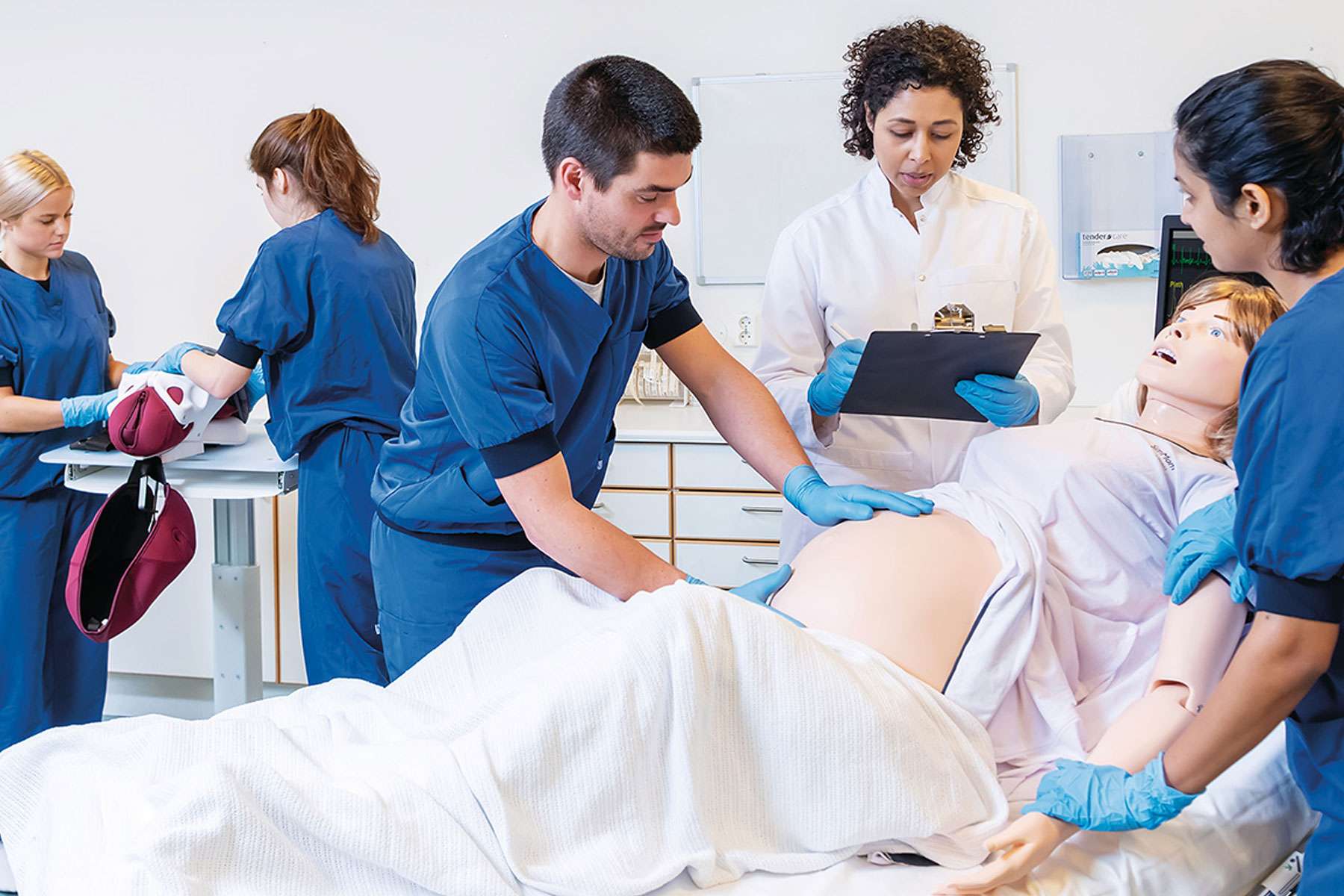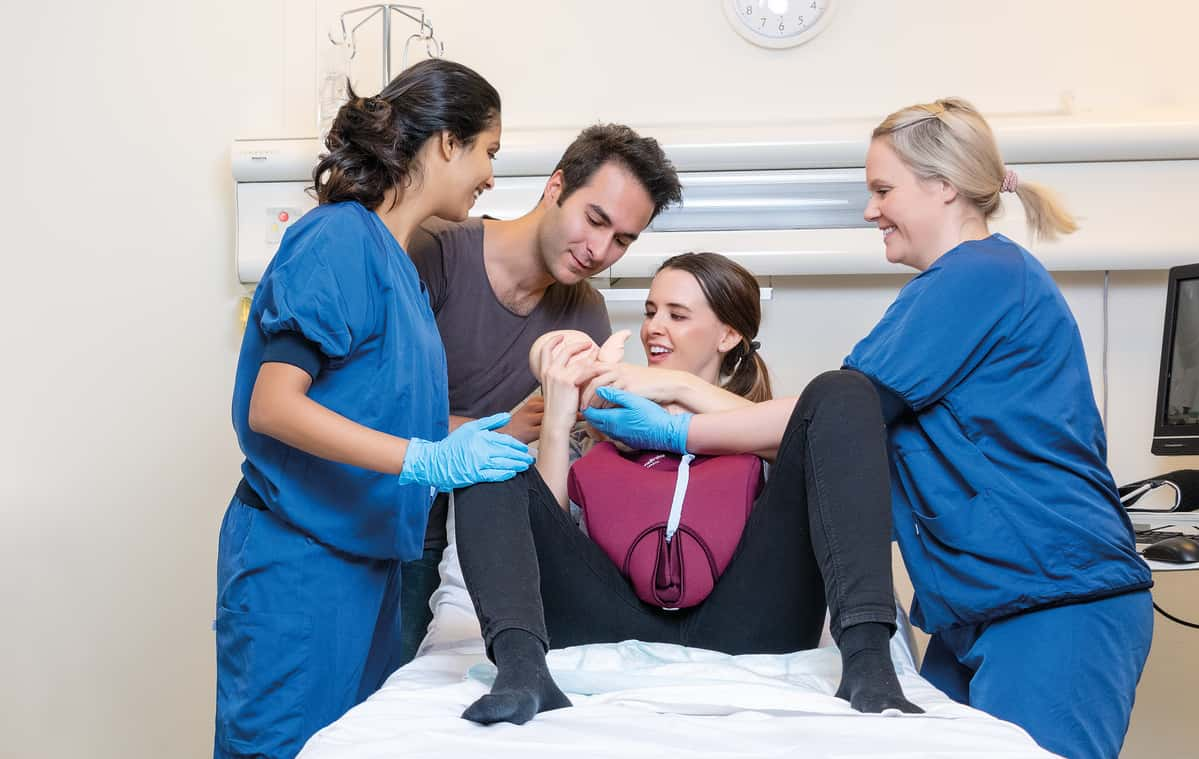SimMom Clinical Features
4:42
Train for decision-making in emergency settings and the ability to work under pressure in a safe environment. With immediate feedback, instructors can pinpoint areas of improvement, teach precise behaviors for real-life emergency procedures, and instill confidence over time.


Increase practice time by giving students the opportunity to learn from each other through peer-to-peer practice:
Every one of us is tied to a community around the world dedicated to promoting health, well-being, and saving lives.
When purchasing a SimMom, you join Laerdal’s “Buy One, Gift One” Program. Share lifesaving simulation training with likeminded caregivers working with fewer resources.
Maximize your simulation investment.
Scalable – Actionable – Impactful.
SimMom can be used as one component of a more comprehensive solution to further enhance your clinical skills training.
Designed to integrate diagnostic ultrasound into simulations.
SimCapture
SimCapture allows you to effectively manage, record, and assess simulation training, both on-site and in-situ.
vSim for Nursing Maternity and Pediatric
Web-based Virtual simulation with maternity scenarios
Laerdal Scenario Cloud
Find hundreds of high-quality, expert-validated scenarios made ready for you.
LLEAP
Gain complete control to plan, run and assess your simulation training.
VitalsBridge
Connect real patient monitors in your obstetric labor and delivery simulations.
SimMom is an advanced full body birthing simulator with accurate anatomy and functionality to facilitate multi-professional obstetric training of birth management, with both manual and automatic delivery modes. MamaBirthie is a simple, easy to use obstetric training device which can be paired with a standardized patient or used as a tabletop skills trainer.
Together, SimMom and MamaBirthie offer a solution for delivering efficient and effective obstetric simulations which meet learning objectives around care, communication, and skills.